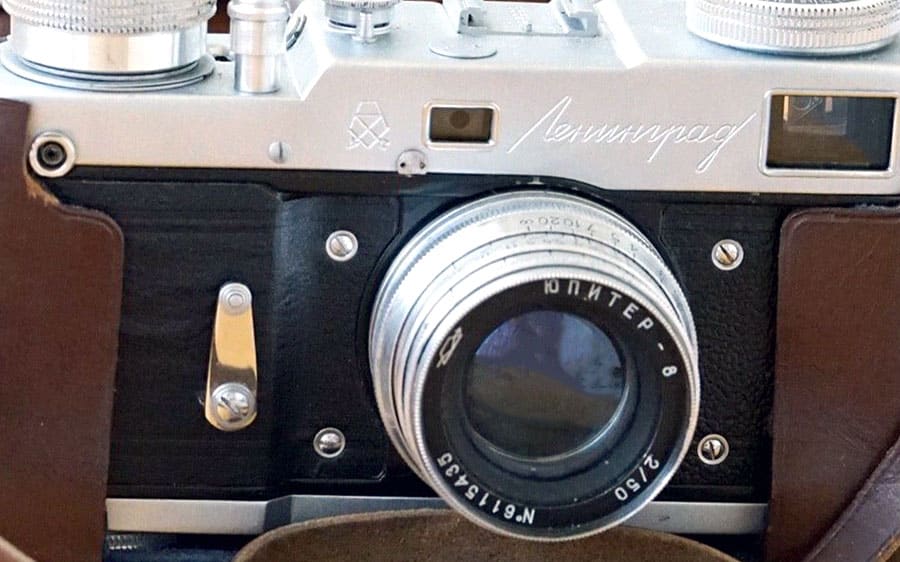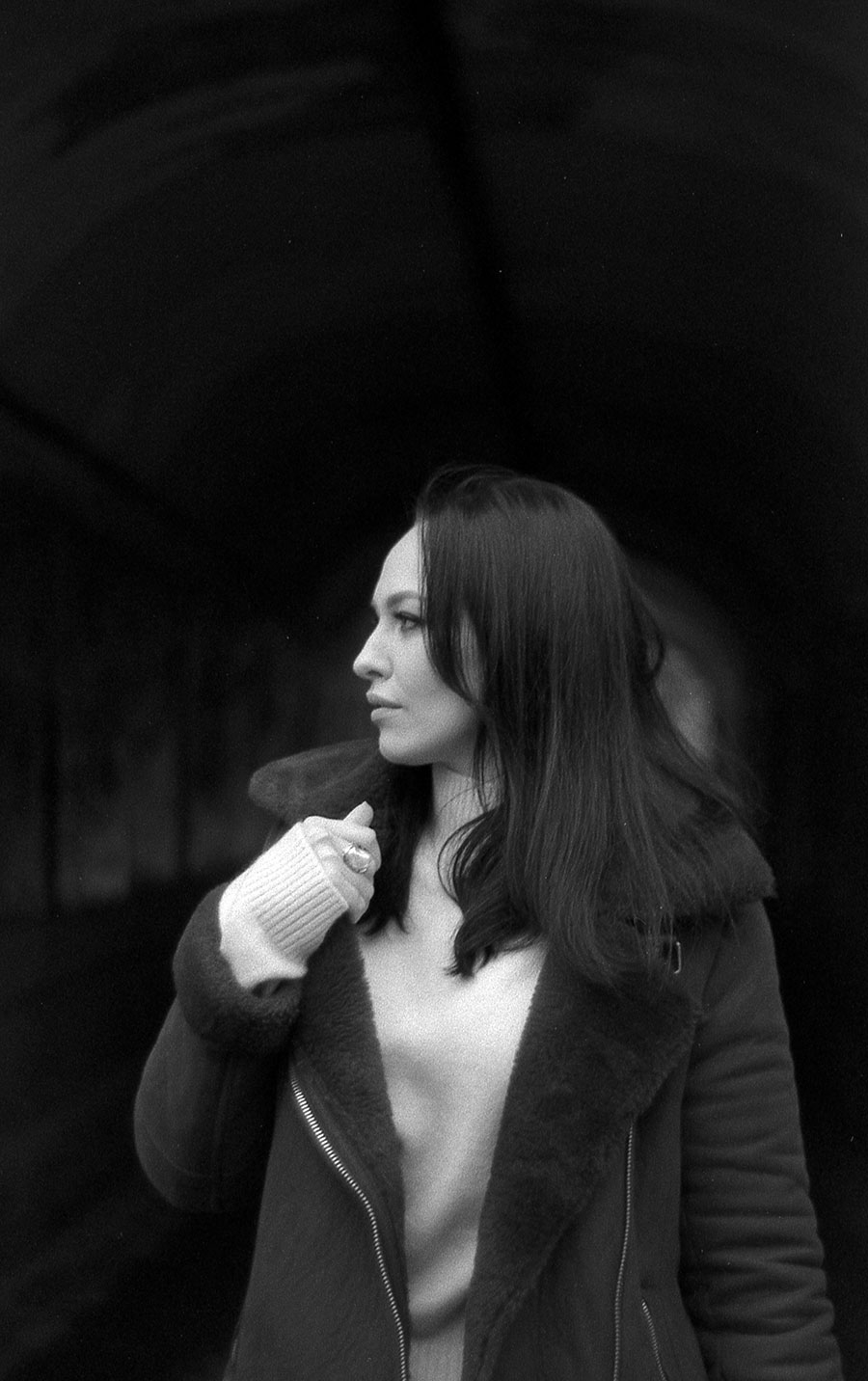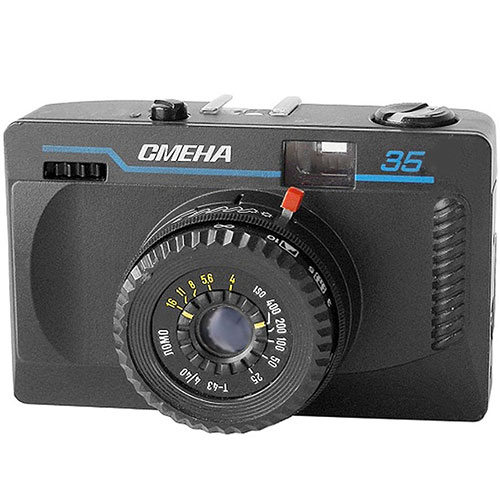Leningrad
Leningrad is a 35mm Soviet rangefinder camera with a spring mechanism for burst shooting, designed for reportage, sports and technical photography. In the Soviet Union, this camera was quite advanced and even won the Grand Prix in Brussels in 1958.

Of course, the Leningrad rangefinder camera was quite modern for those years. But at the same time the Kiev cameras (Arsenal plant) already existed, which were not much inferior, and in many ways even superior to the Leningrad camera. But let’s take a closer look at this camera.
Leningrad Specifications
- Type: 35mm rangefinder camera
- Manufacturer: GOMZ plant
- Production period: from 1956 to 1968
- Format: 24x36cm on 135 film
- Lens mount: m39 thread mount
- Lens: Jupiter-8 f2.0/50
- Rangefinder base: 57mm
- Shutter: focal-plane shutter with speeds from 1 to 1/1000 sec.
- Viewfinder: optical parallax viewfinder combined with a rangefinder
- Lighmeter: none
- Flash synchronisation: sync socket “X”, sync speeds from 1/20 s and longer.
- Selftimer: mechanical
- Weight: 900 grams

The Leningrad was equipped with either Jupiter-8 f2/50 lens or Jupiter-3 f1.5/50 lens. It is worth noting that the Jupiter-3 is one of the best Soviet lenses. Like most Soviet rangefinder cameras, Leningrad had an M39 threaded mount, inherited from the German Leica cameras.


The base of the rangefinder is 57mm. This is certainly not bad, but again, Kiev had a 90mm rangefinder base, which made focusing much more accurate.
The camera has a very large and bright viewfinder with framing lines for interchangeable lenses of 50, 85 and 135 mm. The full viewfinder window is equal to the field of view of the lens with a focal length of 35 mm.
Also, the Leningrad camera had a fairly advanced shutter with shutter speeds of 1, 1/2, 1/4, 1/8, 1/15, 1/30, 1/60, 1/125, 1/250, 1/500, 1/1000, B, Д (long exposure). But it should be noted that the aforementioned Kiev cameras had almost the same set of shutter speeds.

An important feature of the Leningrad camera is the presence of a spring-loaded mechanism for automatically cocking the shutter and advancing the film. This mechanism allows shooting to 12 frames in a row with a speed of up to 3 frames per second.
The Leningrad camera is made of metal and covered with a very pleasant material. The camera is large enough and heavy. An interesting and unusual body shape helps to hold the camera more comfortable.


But the Leningrad camera was full of strange solutions. For example, in order to open the back cover, it was necessary not only to turn the locking mechanism but also to unscrew the knob of the screw lock. As you understand, this did not make working with the camera faster.

In addition, the shutter speed knob is awkwardly small. It is so small that the numbers on it are arranged in some strange order.
The shutter button is also located in a rather strange place, and you will have to make very strange movements with your index finger to reach it.
Conclusion
The Leningrad camera was certainly a very ambitious device for its age, but is it worth it to buy this Soviet camera in our time?
Our site team thinks not, and here’s why.
As mentioned above, there are Kiev cameras that had almost the same advantages, and did not have the disadvantages that Leningrad cameras had. In addition, the Leningrad camera is a very unreliable and expensive device, which puts it more in the category of collectible items.
LENINGRAD PHOTOS












